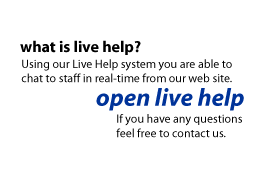Rails is a full-stack, open-source web framework in Ruby for writing real-world applications with joy and less code than most frameworks spend doing XML sit-ups
Being a full-stack framework means that all layers are built to work seamlessly together. That way you Dont Repeat Yourself (DRY) and you can use a single language from top to bottom. Everything from templates to control flow to business logic is written in Rubythe language of love for industry heavy-weights.
In striving for DRY compliance, Rails shuns configuration files and annotations in favor of reflection and run-time extensions.
This means the end of XML files telling a story that has already been told in code. It means no compilation phase: Make a change, see it work. Meta-data is an implementation detail left for the framework to handle.
The frameworks of Rails
Rails is composed of three sub-frameworks in addition to all the ties that makes them run so well together. The three frameworks are...
Connects business objects and database tables to create a persistable domain model where logic and data is presented in one wrapping. | Routes incoming requests through controllers with one method per action and lets view rendering happen using Ruby templates. | Consolidates code for sending out forgotten passwords and invoices for billing in easy-to-test email service layers on top of smtp or sendmail. |
Flowing on the Rails
Most of the time, all the frameworks of Rails are invoked on each request in order to produce a response. The flow is as follows...
Need Help implementing a Ruby on Rails system? Contact us today for a quote!

